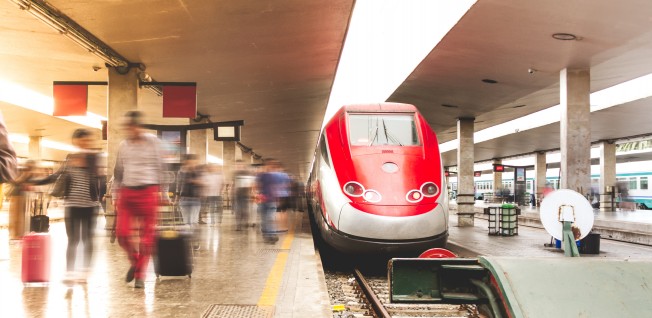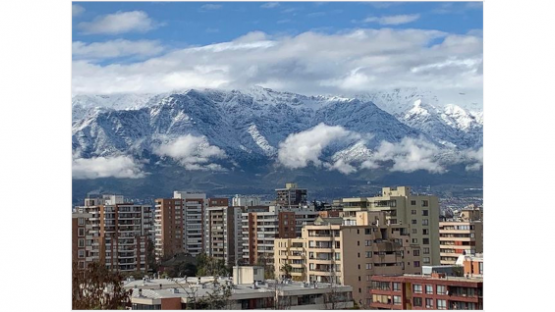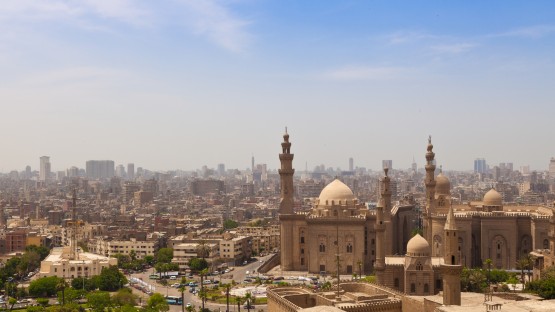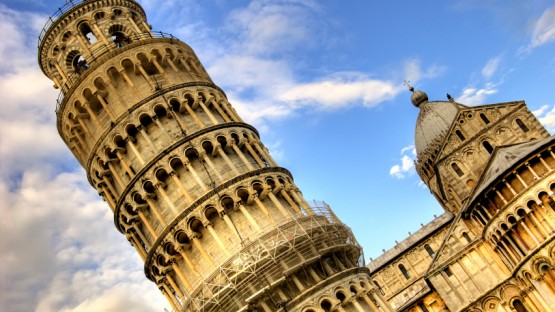How We Navigate

What was your primary mode of transportation at home?
Hope: I’d like to say “my feet” but I’d be lying. While I was an avid runner, there were very few places I could get to by foot at home. I would walk to Walgreens and a small grocery, but even that was a 4 mile round trip. Honestly, like most suburban Americans, I drove – everywhere, all the time.
Bobbi: Similar to Hope, we bicycled or walked around town but we lived in a small rural farming village, so we drove any time we left town.
List the methods of transportation you’ve used since leaving home.
Hope: It’s been an interesting experience not having a car and not driving for an entire year. I would say that in-town I walked 95% of the time, using the bus only if it was raining, very late at night, or I was going somewhere over 3 miles away. For trips out of town it was always a train (my all-time favorite mode of transportation, outside the U.S. that is). Other than when it was 100 degrees out, I really didn’t miss having a car. Actually, I think a car would be more of a hassle in a city like Florence – it is next to impossible to find parking, difficult to navigate, and there are many areas of town (the “forbidden zone”) that if you drive into you will get an obscenely high fine mailed to you. Walking always seems to work, though if I had a busier schedule (i.e. real job), I might not appreciate the 30 minutes across town or to school.
When we traveled in Italy and Europe we took the trains and I love them because you get to travel much more leisurely than on a plane (no security checkpoints, etc.) and see beautiful scenery along the way. You can also move around and hang out in the bar/café car if you so choose. Trains are also a good place to have interesting conversations with other passengers!
Bobbi: We’ve done everything from climbing into kombis (vans that run a fixed route and you can hop on/off along the way) – also known as taxis in South Africa and dolmus (“stuffed cabbage”) in Turkey - to riding a camel in cheesy tourist style around the Pyramids in Egypt. In big cities, we walk or use the metro.
We rented a car in the Dolomites of northern Italy so KC could get himself to trailheads for climbing where the local buses didn’t go. We’ve also rented bicycles or a car for a day to explore cities or regions on our own schedule. We take shuttles, trains and airplanes for day trips or long weekends. I’m with Hope: trains are my favorite. Talk about easy traveling!
While Europe‘s public transportation is excellent, Africa’s infrastructure is limited and we intended to do quite a bit of camping to see game parks, so we bought a used Toyota Surf (a 4x4). To save our fuel budget and to maintain the good exercise habits we established in Europe, we only drive when walking or bicycling isn’t practical.
Share a good transportation story or tip
Hope: For the best seats, friendliest experience and all around positive bus ride, carry a baby or a pet.
I have to admit one of the reasons I avoided the buses was not only because I liked walking, but I really dislike riding the bus. The buses are usually PACKED, you get crushed by people, you need to pay attention to your belongings and it is often HOT. I was also frustrated at what (to me, from my cultural perspective) seemed like discourtesy – no one gave up their seats to older folks, not even spry teenagers. Overall, bus rides reminded me of the things I didn’t appreciate about Italy, so avoiding them was a good psychological strategy.
However, the caveat to everything I have said is folks who have babies with them. Babies are cherished and beloved beyond belief in Italy (and therefore on the bus) – and if you have one, you will get not only a seat, but sympathy, instead of scorn, when your baby starts wailing (apparently babies don’t appreciate heat and crowds either). Only slightly behind babies in the love-fest scale are dogs, which also get special attention and treatment. I was very surprised to find that even cats rank. The time I had to take my cat to get her official travel documents across town, I got more positive attention on those bus rides than in an entire year. People talked to me on the bus (a first – and last), ooohed and ahhhhed over my cat, and generally seemed happier and more friendly than I had grown to expect.
Bobbi: Since I don’t have a baby or a cat, I, too, avoid buses. Mostly because I’m afraid I’ll miss a stop and get lost… My favorite transportation story goes back a few years to a month-long trip in Venezuela.
Background: Venezuela’s official exchange rate is so terrible that everyone trades on the black market. Although it’s technically illegal, even the Customs official at the airport pointed us to a guy we could talk to.
Back to the story. We’d taken a 10-hour overnight bus from Ciudad Bolivar to San Francisco, a small Pemon Indian community near Roraima, the mountain we wanted to climb.
We got off the bus at 7 am, loopy from lack of sleep. No sooner had we set down our packs when a chipper official with a walkie-talkie and a badge around his neck materialized, shook ourhands, and said, ¿Tienen un guia? (Do you have a guide?)
No, señor. Conoce a algiuen? (Do you know any?)
Si. Vengan. Ahorita hay una. (Come with me. Here's one now!)
And sure enough, we followed the guide home, made a deal, and agreed to meet in 2 hours. We hadn’t changed money on the assumption that we could pay for a guide in dollars, but the Pemon don’t have any use for gringo greenbacks (I guess the dollar isn't king everywhere after all). The government guy suggested we go to Santa Elena (a bigger town 70 km away) for change, and assured us we could be back easily in 2 hours. Well, of course, 90 minutes later the entire village was now waiting for the very late bus.
Eventually, the government official (“Mr. G.” by now) flagged a pickup truck and we hopped in the back. But it had started to rain and we saw the bus trundle into view behind us, so we pounded on the truck cab to make it stop and we jumped out. When the bus pulled up, we squeezed in along with the rest of the beleaguered passengers.
At some point, it became apparent that we'd been judged a tad soft in the head, because Mr. G accompanied us ALL THE WAY TO TOWN, found us the best black market exchange rate we'd gotten to date, flagged a taxi and negotiated the rate down by an extra $4, and stopped for a 6-pack. KC and I shared a beer (remember we haven't brushed our teeth yet much less eaten breakfast) while Mr. G and the taxi driver polished off the rest on the way back to San Francisco, stopping for 2 pee breaks in 43 miles.
And that’s how I came to my personal record: a long-distance bus, a local bus, a taxi, and hitchhiking, all under two hours. With beer for breakfast.











